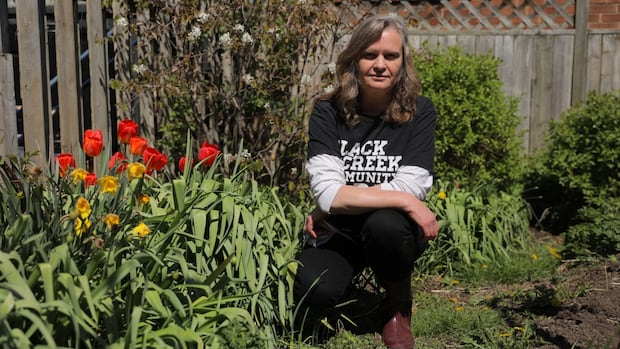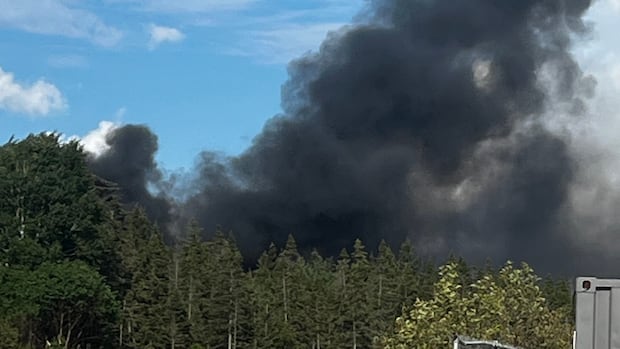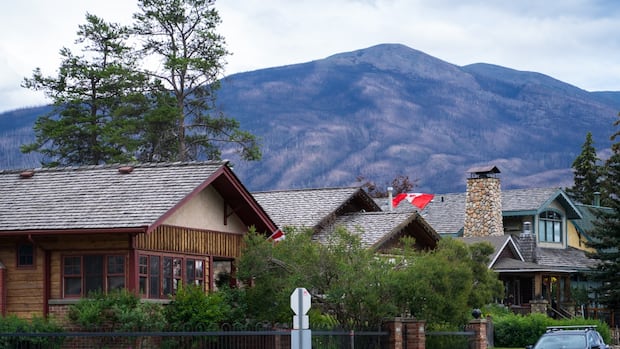If you want to have a sense of the federal parties’ campaign strategies, it helps to follow the leader.
An individual announcement in one riding might not indicate much, but taking a wider view reveals patterns in a party’s plan of attack.
CBC News analyzed the whereabouts of the main party leaders and every event they held.
On the eve of Monday’s vote, here are five things that stood out about the leaders’ tours.
NDP’s campaign flip
The NDP was eventually forced to flip from an offensive campaign, a strategy in which the party was looking to add seats, to a defensive one — and the change was stark.
In the first three weeks of the campaign, 78 per cent of NDP Leader Jagmeet Singh’s visits were to non-NDP-held ridings — the highest percentage among the four main party leaders.
But after the debates, the party entered save-the-furniture mode. It couldn’t shake polling that suggested the party was on the verge of losing official status, which requires 12 seats.
Sixty-one per cent of Singh’s visits in the campaign’s final stretch were to ridings held by the NDP.
Tari Ajadi, an assistant political science professor at McGill University, argues the New Democrats had their chance to make inroads before the election was called.
He said the NDP should have moved to a defensive posture earlier in the campaign, once its struggle to pick up support was becoming clear.
Conservatives stay the course
The Conservatives need Liberal ridings in order to have any shot at forming government, and Pierre Poilievre’s itinerary bears this out.
More than three-quarters of Poilievre’s stops have been to ridings the Conservatives would like to carry.
Of those visits, 80 per cent were trips to Liberal-held seats.
“For them to be able to form government, they need to be aggressive and they need to win seats in places like the GTA. They need to win seats in Quebec. They need to win seats in Atlantic Canada,” Ajadi said.
Liberals focused on making gains
The Liberals held a “tentative” lead in the early stretch of the campaign, Ajadi said, because it wasn’t clear if the party’s resurgence under new leader Mark Carney had staying power.
As such, Carney spent a majority of his first stops — 57 per cent — in ridings the party held at dissolution, but “after the debate, what I think we see is a firming up of that Liberal support,” Ajadi said.
The party started prioritizing non-incumbent ridings, which became 64 per cent of the leader’s remaining visits, up from 43 per cent.

Lydia Miljan, a political science professor at the University of Windsor, said the Liberals and Conservatives mounted aggressive campaigns because they needed to.
She added the frequency in which the Liberals visited their own ridings is partially a function of the party having more seats than its rivals.
Blanchet protecting Bloc seats
The Bloc Québécois joined the NDP in spending most of its last week shoring up support in seats that were once safe bets.
The party was deploying a half-offensive, half-defensive strategy, but since the debate 84 per cent of leader Yves-François Blanchet’s appearances have been in Bloc-blue ridings, including a number of return visits.
Ajadi said Blanchet is one of the main people standing in the way of Liberal hopes for a majority government.
In the last 10 days, Blanchet visited eight ridings at least twice, including multiple appearances to battleground Bloc-held seats Thérèse-De Blainville and Longueuil-Saint-Hubert.
“If the Bloc wins those ridings then it might be more likely that the Liberals end up winning a minority,” Ajadi said.

For his part, Blanchet has denied that he’s just clinging to the seats he already has.
“I’m not playing defence — that’s your analysis, not mine,” he’s told reporters.
Repeat visits show tight races
The NDP’s Jagmeet Singh was a familiar face in a number of ridings.
He made at least three stops in eight ridings, including four visits to Vancouver Kingsway, a stronghold the NDP has won handily in the past but is believed to be hotly contested in this election.
Singh has also stopped in Burnaby Central, his own riding, four times. Polling suggests the NDP’s grasp on the seat is tenuous.
These regular visits from Singh show “they can’t afford to lose those” seats, Miljan said, but it also demonstrates the party has a smaller war chest and cannot afford to criss-cross the country at the pace of the Liberals or Conservatives.
For comparison’s sake, the Conservatives only visited two ridings at least three times: Carleton, Poilievre’s seat in Ontario, and the Liberal riding of Surrey Newton in B.C.
Meanwhile, the Liberals only exceeded two visits at one location: Laurier-Sainte-Marie in Montreal, home to the Maison de Radio-Canada where the debates and Cinq chefs, une élection were held.







